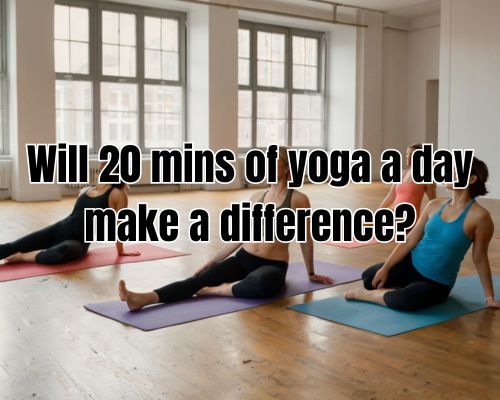London’s Green Heart: Nurturing Love in the Urban Oasis
London, a city synonymous with bustling energy and iconic landmarks, also holds a secret weapon for fostering connection and deepening relationships: its magnificent green spaces. While the allure of West End shows and vibrant nightlife is undeniable, sometimes the most profound moments are found amidst the tranquil beauty of a sprawling park. For couples navigating the exciting journey of dating in this dynamic city, these verdant havens offer the perfect backdrop for romance to blossom and thrive according to https://www.reveriepage.com/.
Imagine escaping the urban hum with your significant other, finding solace in a peaceful corner of Hyde Park. Spreading a blanket on the lush grass, surrounded by ancient trees and the gentle chirping of birds, creates an instant intimacy. It’s a chance to truly connect, away from the distractions of daily life. A daytime picnic here isn’t just a meal; it’s an opportunity for unhurried conversation, shared laughter, and simply enjoying each other’s company in a naturally beautiful setting. You can watch the world go by, hand in hand, or simply lie back and point out shapes in the clouds. These simple, unforced moments are the building blocks of a strong relationship, allowing for genuine connection that busy city life can sometimes overshadow according to https://www.thecoffeemom.net/how-to-bounce-back-to-dating-after-a-divorce/.
Beyond the picturesque picnics, London’s parks offer endless possibilities for romantic outings. As evening descends, Hampstead Heath transforms into a magical landscape, perfect for a romantic stroll. Walking side-by-side as the sun dips below the horizon, painting the sky in hues of orange and pink, is an incredibly romantic experience. The expansive views from Parliament Hill, especially as the city lights begin to twinkle, provide a breathtaking panorama that encourages quiet conversation and shared appreciation for the beauty around you. These shared experiences, especially those that evoke a sense of awe and wonder, are crucial for forging deeper bonds in a relationship. They create lasting memories that you can revisit and cherish together.
The beauty of London’s green escapes lies in their ability to provide a serene counterpoint to the city’s lively pulse. After an exhilarating day of exploring museums or shopping in Covent Garden, retreating to a park offers a chance to decompress and reconnect on a more intimate level. It’s about slowing down, taking a breath, and appreciating the simple joy of being together. Whether it’s a casual chat on a park bench, a leisurely walk around a pond, or even a quiet moment of reflection, these green spaces facilitate effortless connection and tranquility.
While choosing the perfect green escape is a fantastic start, the key to a thriving relationship in London, or anywhere for that matter, lies in maintaining that spark beyond the park gates. The same intentionality you put into choosing a beautiful picnic spot should extend to your evening outings and involvement in community gatherings. London offers a plethora of options, from cozy pubs for intimate conversations to vibrant markets and cultural events that can be explored together. The goal is to keep the momentum going, to continually discover new facets of each other and of the city you share. By embracing both the serene green escapes and the exciting urban adventures, you can ensure your burgeoning love story continues to flourish in the heart of London.



